Skin for Dicynodonts
05.09.2023 12:32
1850 views
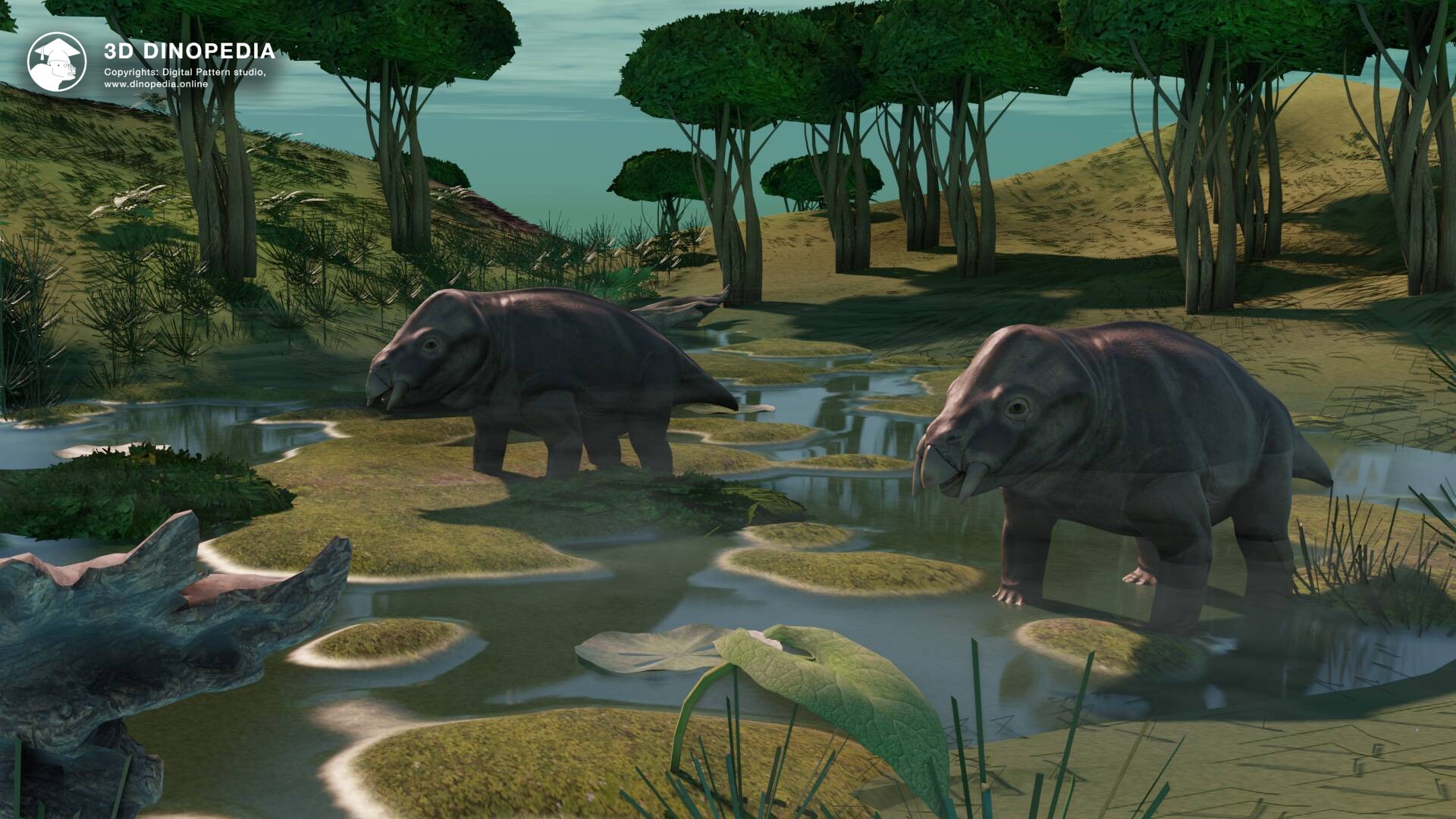
Did you know that our skull has a temporal fenestra? This is an opening formed by our zygomatic arches. Thanks to the temporal fenestra, the skull significantly reduces its weight, and the arch becomes an excellent platform for attaching powerful jaw muscles. Such a skull emerged in the process of evolution around 320 – 310 million years ago. It is called "synapsid," and animals with such skulls are attributed to a particular group - synapsids (Synapsida). Thus, it can be fairly concluded that all mammals, as well as their ancestors, are synapsids. The oldest synapsids are often referred to in literature as "mammal-like reptiles," reflecting their transitional structure.
Currently, we know of over a hundred genera of ancient synapsids or mammal-like reptiles. However, only very small skeletal fragments have been preserved from most of them. Rarely can a "mammal-like reptile" boast a well-preserved skeleton. Such "lucky ones" include, for example, Inostrancevia, Estemmenosuchus, Placerias, and some others. But what almost never gets preserved is the skin covering. This is mysterious - for example, we know well the skin prints of dinosaurs and sometimes even have preserved fossilized mummies, but not from mammal-like reptiles. The rare exception to this rule may be a tiny fragment of fossilized skin of Estemmenosuchus and a couple of hairs of an ancient synapsid, found in the fossilized feces of some animal. Even from these fragments, some conclusions have been made about synapsid skin: they had no scales, but could have ossifications in the form of small beads for protection (that's how the skin of Estemmenosuchus looked), and some mammal-like reptiles had fur. But our knowledge about synapsid skin increased dramatically in 2022.
The culprits behind the sensational discovery were the Lystrosaurs - tiny mammal-like reptiles, no larger than a spaniel. These animals showed extraordinary evolutionary resilience, surviving the largest extinction event of the Phanerozoic eon – the mass Permian-Triassic extinction that occurred 252 million years ago. This event lasted tens of thousands of years and led to the disappearance of 96% of all marine species and 73% of terrestrial vertebrate species. Massive volcanic eruptions in the north of the supercontinent Pangaea, known as the Siberian Traps, emitted enormous volumes of greenhouse gases into the atmosphere, causing an increase in the annual average temperature by 8°C over 10-50 thousand years. This was compounded by many other processes, including methane emissions from ocean depths and depletion of the ozone layer. Thus, life on Earth was endangered by a combination of destructive factors.
Lystrosaurs, as mentioned, were small therapsids that moved on four short legs. Their shortened head had a beak and two long tusks. It's unlikely that these tusks helped them forage for food; rather, they probably served to intimidate other members of their species and possibly for combat within their group. As you may have guessed, based on several characteristics, lystrosaurs were social animals. They fed on plant matter and could dig into the ground with their wide paws in search of tubers or thick rhizomes. They also made burrows for themselves.
And now, in 2022, fossilized mummies of lystrosaurs were described from the rocks called the Karoo Supergroup in southern Africa! Apparently, a small herd of these animals died from heat in a dried-up riverbed. The sun desiccated their bodies, turning them into mummies. Later, water returned and covered the bodies with silt, hiding them from scavengers and limiting bacterial access. Then began the gradual process of fossilization. Interestingly, two species of lystrosaurs were found in this herd, Lystrosaurus murrayi and L. declivis, exclusively young individuals without any adults present. Likely, lystrosaurs could form collective nests, like some modern reptiles, where young individuals gathered together for safety. Death from dehydration in desert conditions was common, and most animals did not live to adulthood. Despite this, the animals managed to survive through the harshest times.
The fossilized skin was smooth, with no signs of scales. Likely, the synapsids originally had bare skin with numerous glands, allowing the animals to moisturize their surface with oil and cool down with sweat. Fur appeared much later, and it seems that lystrosaurs were still without a furry coat. It's possible that their relatives, belonging to the dicynodont group (Dicynodontia), also lacked hair.
This discovery allows us to better understand what synapsids looked like and how they evolved. It provides especially valuable information about dicynodonts (Dicynodontia). This group of synapsids existed until the end of the Triassic period, giving rise to some of the largest therapsids like Placerias and Ischigualastia. Likely, they all had normal skin without a fur coat.
For more details on the mummies of lystrosaurs, you can read the article in the journal Palaeogeography, Palaeoclimatology, Palaeoecology: R. M. H. Smith, J. Botha, P. A. Viglietti. "Taphonomy of Drought-afflicted Tetrapods in the Early Triassic Karoo Basin, South Africa." Palaeogeography, Palaeoclimatology, Palaeoecology, 2022. DOI: 10.1016/j.palaeo.2022.111207.
Discussions
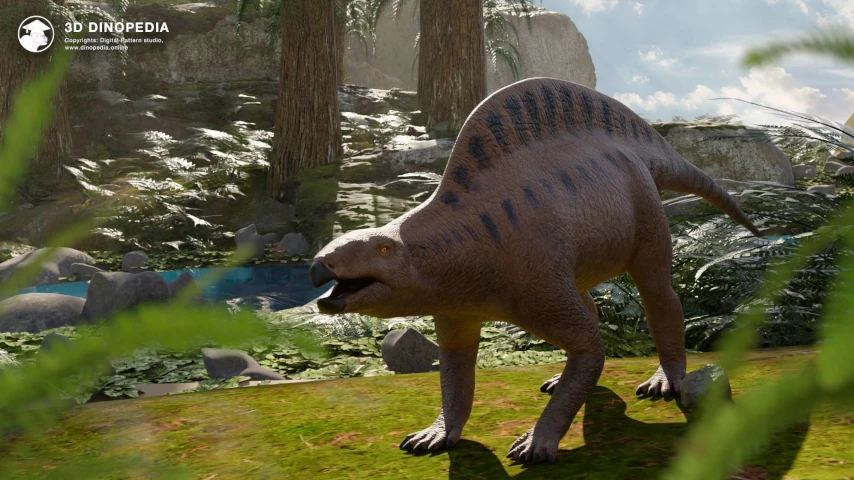
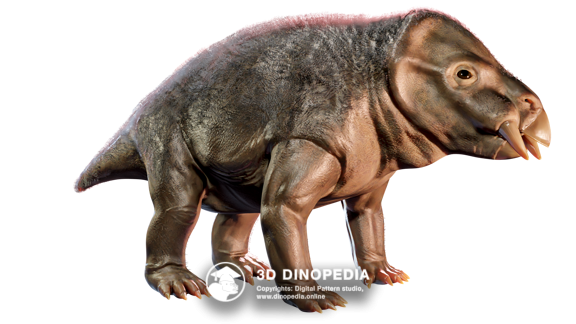

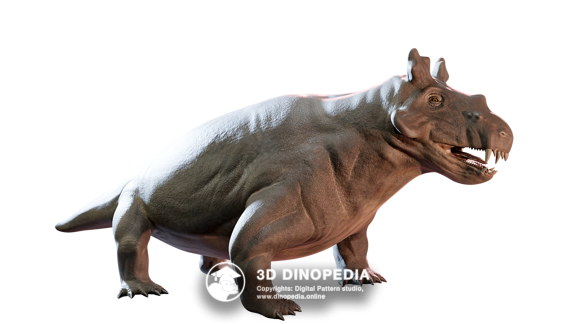

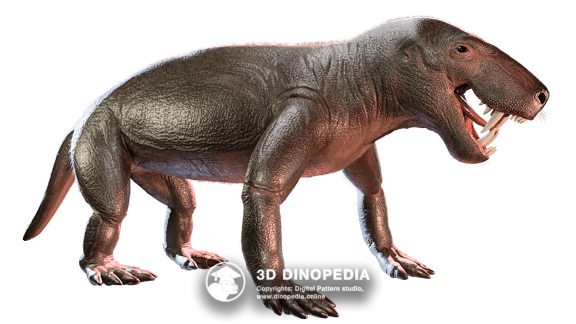

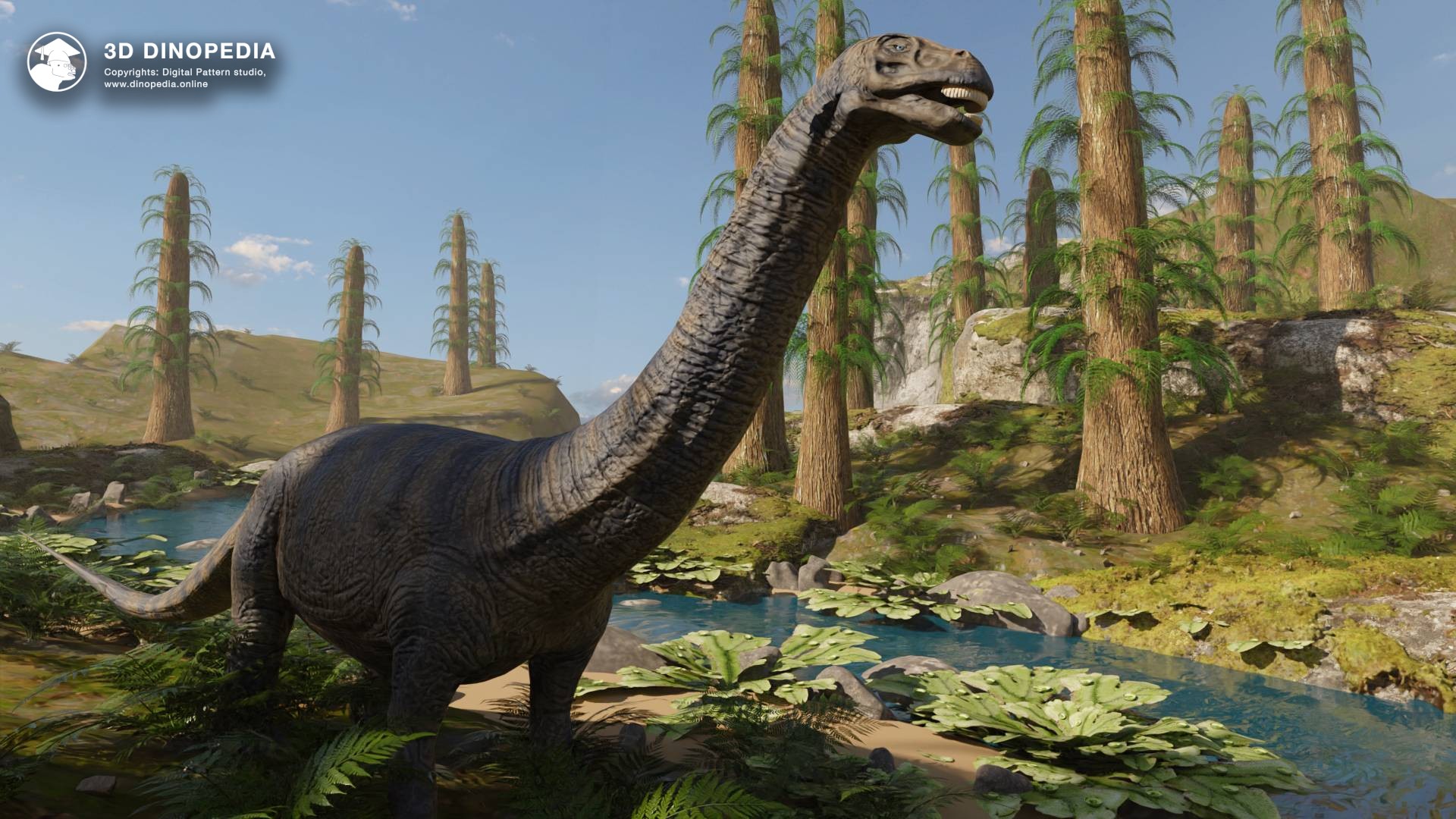
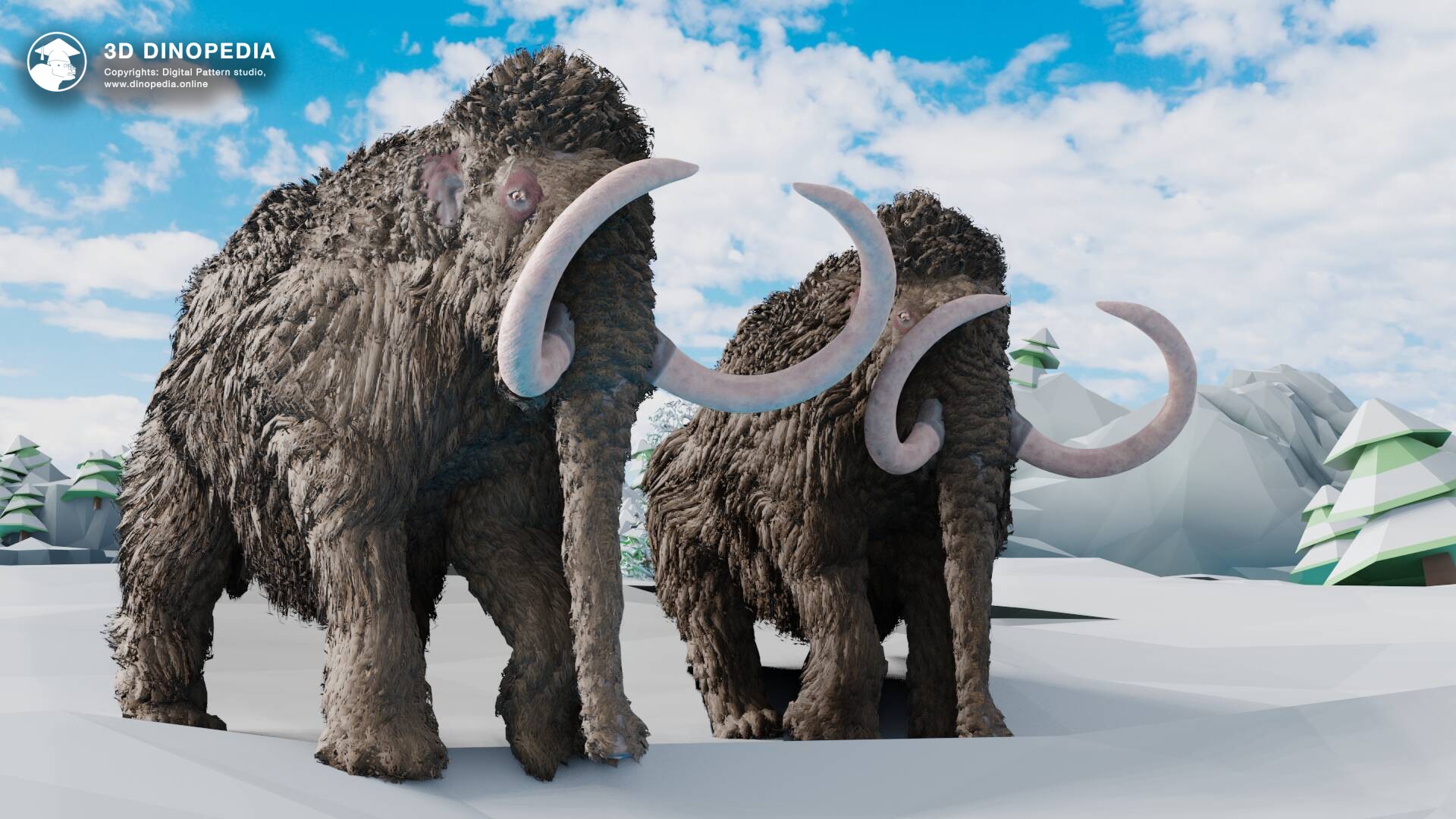


{{ count }} comments
You must login to write a comment